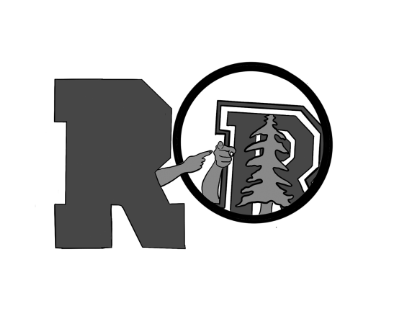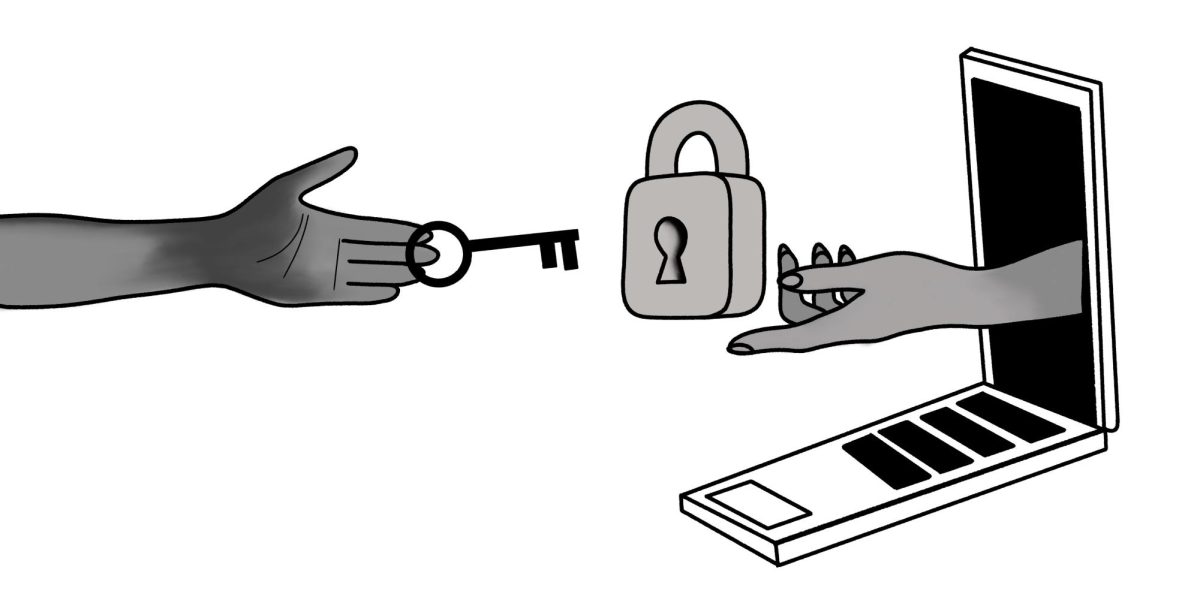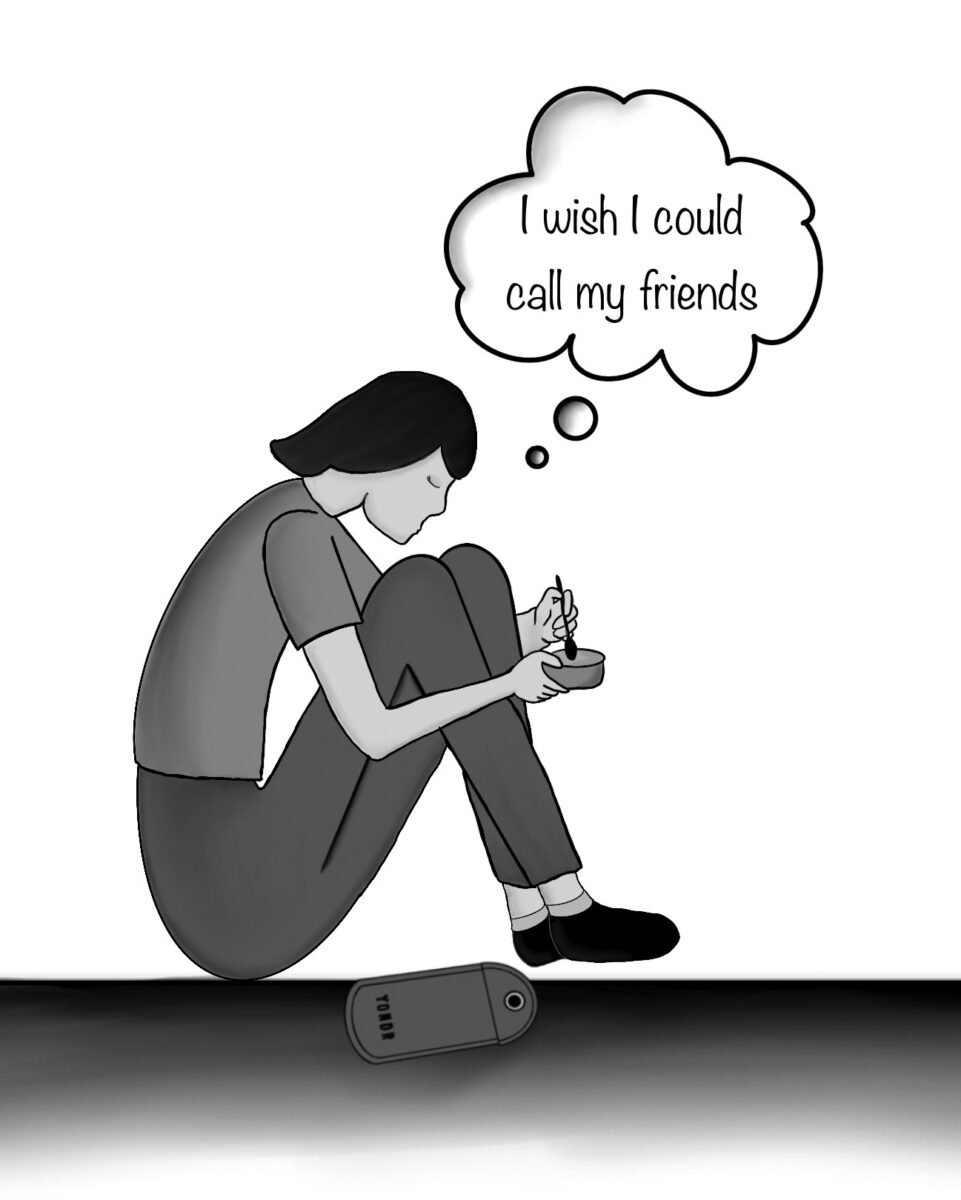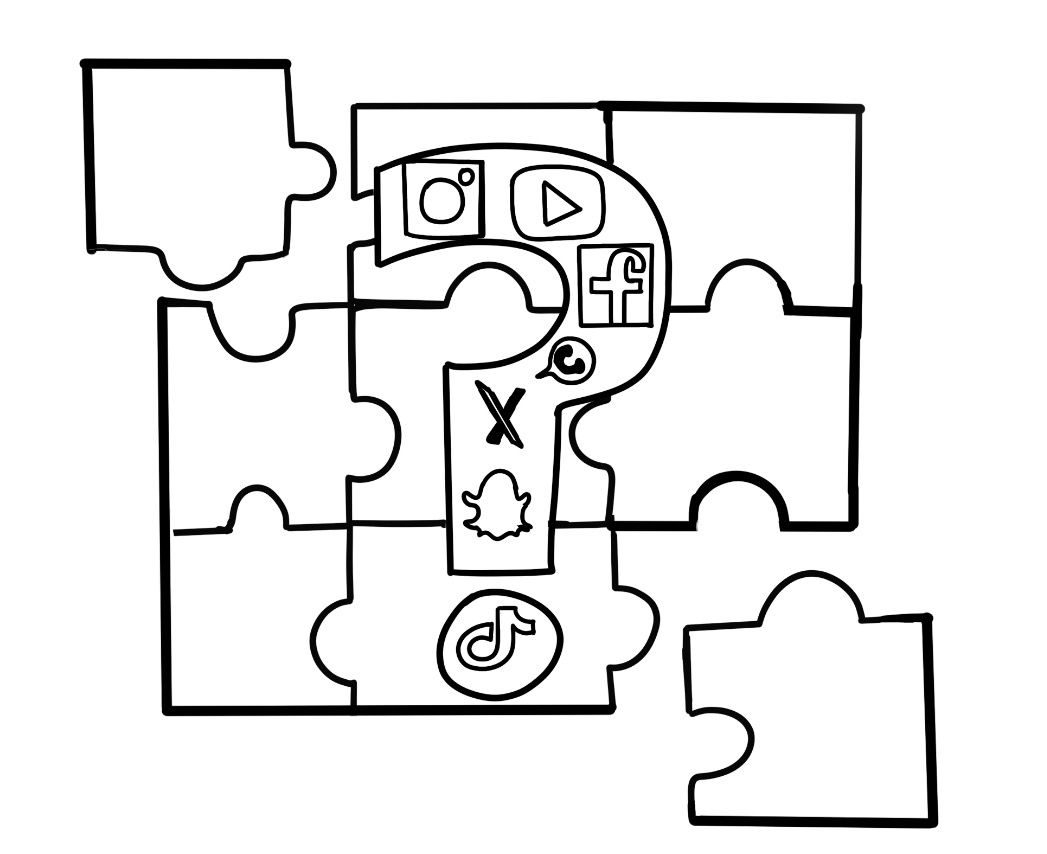On Nov. 29, students participated in a school-wide district-mandated lesson Stop-and-Learn to address instances of casual racism that occur frequently on district campuses. This seminar was preceded by an incident at Tamalpais High School in which a video circulated of a few students repeatedly using the N-word in a joking manner. The district faced significant backlash for not addressing the incident in a timely or adequate manner, both through a walkout and an impassioned board meeting.
The lesson began with a promise to institute other lessons on “other forms of racism, discrimination and bias throughout the year” and a discussion centered around the power of words. While the lesson was informative for its allotted time, the impact of district efforts to combat casual racism on campus can only go so far. It’s not solely up to administrators to stop casual racism in our community. Rather, it is the foremost responsibility of students to take these lessons seriously and enact change in our communities. Regardless of a perfect Stop-and-Learn or other district strategies, students are not taking enough individual responsibility for racist acts or passive ignorance. At a certain point, we can no longer point fingers at the district and we, the students, must look inward.

Casual racism as defined by the email sent by school admin is “a form of subtle or indirect racism that typically involves making stereotypical comments or jokes about a particular race or ethnicity.” This can come in the form of microaggressions; verbal or behavioral actions that convey derogatory views toward marginalized groups, whether intentionally or not. Based on the input of many student-run classes, such as the Bark, Peer Resource and the Student-led Antiracist Movement (SLAM), the administration crafted an interactive and conversational lesson plan. The district also shared a new list of subsequent consequences for specific use of the N-word, as per student input.
For some students, the information in the Stop-and-Learn might have felt obvious. Some teachers and students even showed annoyance and insincerity at the fact that daily schedules and class time were disrupted. While some students had positive experiences, according to an email sent out by Principal Payne reflecting on the seminar, many students felt dissatisfied.
“I learned absolutely nothing. Everyone has known all of this information since 3rd grade. If we are going to use an hour of our educational time, it should be used with new and compelling criteria,” one anonymous student responded.
While the instructional information may seem straightforward to many, our actions are failing to reflect our understanding. So yes, much of this information may have been heard before, but it is still vital because our past and ongoing behavior shows a clear failure in understanding and taking ownership of wrongdoing. One reason for this is that many students currently aren’t interested or simply don’t care enough. The district is putting faith into its student body, a student body that has consistently failed to respond to such lessons.
Because our student body is almost 70 percent white, there is an inherent culture of permissiveness when it comes to addressing racism on campus. Many may wonder why it’s necessary to show concern over a topic that doesn’t directly affect their life. But, in truth, the impact of this permissiveness extends to everyone. These are our friends and peers that we are causing harm to, and taking the time to learn basic respect is the least we can do. The longer allow these microaggressions to continue, the longer we reinforce a culture of racism and discrimination. The district has given us the tools to understand the tangible human impacts of racism and the responsibility now rests with us to take a stance against casual racism and call out questionable behavior among our peers.
It is vital that students take the lessons from the seminar and actively implement them in our school community and beyond. While the school board and staff can play a role in our education, it is ultimately the students’ responsibility to foster a safe and inclusive environment. When something offensive is said, we can ask for clarification and appeal to the person’s values: “Hey that didn’t sound like you, what did you mean by that?” or “I’m going to stop you there and encourage you to think about what you just said.” If you hear a racist comment or see a racist action, it is not enough to just remain passive, even if it may seem awkward or uncomfortable. This short-term discomfort is not comparable to the societal and psychological damage these comments would otherwise cause. It is our hope that we continue to do these types of training with extra emphasis on specific ways to disrupt racism so students feel empowered to apply their knowledge and enact change. Moving forward, let’s strive to not only understand and educate but also genuinely care about racism and its impacts: Addressing casual racism begins with taking ownership of past actions and acknowledging our present and future responsibility.






